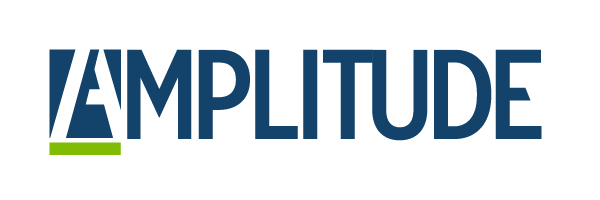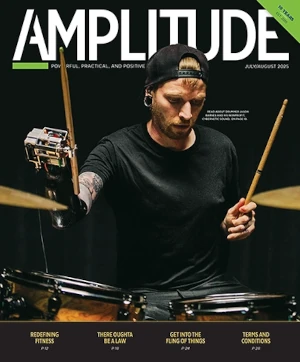
Christian Rask-Madsen, MD, PhD. Image courtesy of Joslin Diabetes Center.
Diabetes heightens the risk of vascular damage to heart and limbs and impairs the body’s ability to repair damage with new growth of blood vessels, called angiogenesis. There are no established drugs to improve angiogenesis in diabetes. However, researchers at Joslin Diabetes Center have identified a gene called CITED2 in a molecular pathway that may offer targets for drugs that treat these conditions by strengthening angiogenesis.
“There’s a huge need to find treatments for vascular damage,” said Christian Rask-Madsen, MD, PhD, who led the research published in the journal Diabetes. Rask-Madsen’s lab focuses on how genes that are regulated by insulin can affect angiogenesis in type 2 diabetes and obesity.
In a recent study, his team began with a clue from cancer researchers who genetically altered mice so that they didn’t express a gene family known to suppress tumor formation. Surprisingly, these animals grew large amounts of new blood vessels.
Since that gene family is important for many actions of insulin, the scientists examined a gene called CITED2, whose expression is strongly suppressed by insulin. The relationship between the gene family and CITED2 suggested that CITED2 expression would be higher with the insulin resistance seen in type 2 diabetes and obesity. Moreover, CITED2 was known to diminish the expression of a gene called HIF that aids in activating angiogenesis.
When the Joslin researchers examined the cells that line the inside of blood vessels from the hearts of mouse models, they found that CITED2 expression was elevated. It was also elevated in the cells from chest arteries in patients with type 2 diabetes and obesity.
The scientists went on to find that in mouse models with restricted blood supplies, higher expression of CITED2 correlated with lower expression of HIF. Additionally, in a human cell model used to study angiogenesis, cells and networks of cells grew more slowly when CITED2 was suppressed by adding insulin. When CITED2 was over-expressed in cells in this model, HIF activity dropped.
“CITED2 acts as a brake on HIF activity, and that brake is increased in diabetes and obesity, where you have increased CITED2,” Rask-Madsen said. “These results advance our understanding of insulin action on vascular cells, and they point to potential new therapeutic approaches to improve angiogenesis in patients with type 2 diabetes and obesity.”
His group hopes to study possible ways to diminish CITED2 expression through small molecules or other methods. The team also will look for related targets in the CITED2 molecular pathway, since the gene itself may regulate too many other genes to be directly targeted by drugs. Additionally, the scientists will analyze other insulin-regulated gene pathways that may be implicated in vascular damage.
Any future treatments to boost angiogenesis will need to proceed with particular care since angiogenesis can worsen another diabetic complication, Rask-Madsen noted. In diabetic proliferative retinopathy, the most advanced form of the diabetic eye complication, fragile and leaky blood vessels grow in the retina. Treatments that target this problematic growth by injecting anti-angiogenic agents in the eye have been approved. Certain cancer drugs also are designed to work by constraining angiogenesis.
But although candidate drugs for treating vascular conditions must avoid adding to such disease risks, Rask-Madsen stressed, this concern doesn’t lessen the need for new approaches to guard against vascular damage. Cardiovascular disease is by far the leading cause of death in people with diabetes, he pointed out, and vascular damage greatly boosts the risks of chronic heart disease as well as foot ulcers and amputations.
This article was adapted from information provided by Joslin Diabetes Center.



